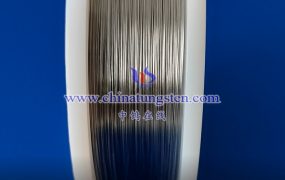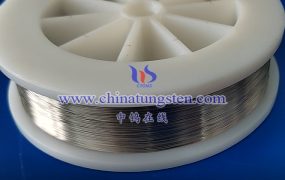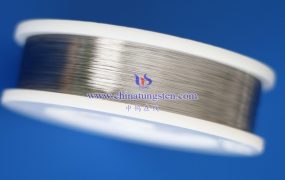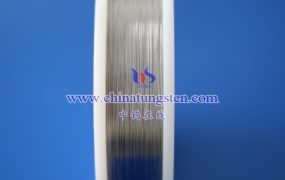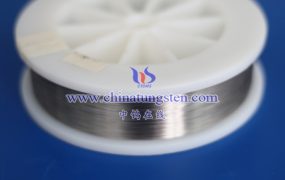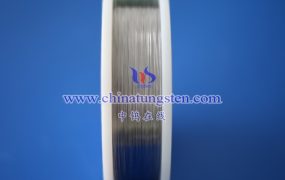The production of black tungsten wire (typically made from tungsten metal extracted from wolframite) involves multiple stages, from ore beneficiation to wire processing, requiring a range of specialized equipment. Below is a list of the main equipment needed for black tungsten wire production, covering the three primary stages: ore beneficiation, smelting, and wire processing.
1. Wolframite Beneficiation Equipment
The beneficiation process for wolframite includes crushing, grinding, gravity separation, flotation, and fine particle processing. Commonly used equipment includes:
- Crushing Equipment: Jaw crushers, cone crushers, or roll crushers, used to crush raw ore to a particle size suitable for grinding.
- Grinding Equipment: Ball mills or rod mills, used to grind crushed ore into finer particles for subsequent separation.
- Gravity Separation Equipment:
- Jigging Machines: Used for initial separation of wolframite from gangue.
- Spiral Concentrators or Shaking Tables: Used for further enrichment of tungsten concentrate.
- Flotation Equipment: Flotation machines (e.g., GF-type flotation machines), used to process fine-grained wolframite or associated minerals.
- Magnetic Separation Equipment: High-intensity magnetic separators, used to recover fine tungsten particles from gravity separation tailings.
- Screening Equipment: Vibrating screens, used for classifying ore particles by size.
- Concentration Equipment: Thickeners or settling tanks, used for fine particle processing and concentrate thickening.
2. Tungsten Smelting Equipment
The smelting process, from wolframite concentrate to metallic tungsten, involves chemical purification and metal reduction. Key equipment includes:
- Roasting Equipment: Rotary kilns or roasting furnaces, used to roast wolframite concentrate to remove impurities (e.g., sulfur, arsenic).
- Leaching Equipment: Reaction kettles or agitation tanks, used for acid or alkaline leaching to purify tungstate compounds.
- Filtration Equipment: Filter presses or vacuum filters, used for solid-liquid separation to obtain tungstic acid or tungstate compounds.
- Drying Equipment: Drying furnaces, used to dry purified tungsten compounds.
- Reduction Equipment: Hydrogen reduction furnaces, used to reduce tungsten trioxide (WO₃) to tungsten powder.
- Compaction Equipment: Hydraulic presses or isostatic presses, used to compact tungsten powder into tungsten billets.

3. Tungsten Wire Processing Equipment
Processing tungsten billets into black tungsten wire involves high-temperature forging, wire drawing, and surface treatment. The equipment used includes:
- Forging Equipment: Rotary forging machines or hot forging machines, used to forge tungsten billets into elongated tungsten rods.
- Wire Drawing Equipment: Wire drawing machines (single-die or multi-die), used to progressively draw tungsten rods into fine wires.
- Heating Furnaces: High-temperature annealing furnaces, used for intermediate annealing to relieve stresses and improve wire ductility.
- Surface Treatment Equipment: Polishing machines or chemical cleaning equipment, used to remove oxide layers or impurities from the wire surface.
- Cutting Equipment: Precision cutting machines, used to cut tungsten wire to the desired length.
- Testing Equipment: Microscopes or tensile testing machines, used to inspect the wire’s diameter, surface quality, and mechanical properties.
More details of tungsten wire, please visit website: http://www.tungsten-wire.com.cn/
Please contact CHINATUNGSTEN for inquiry and order of tungsten wire:
Email: sales@chinatungsten.com
Tel.: +86 592 5129595
